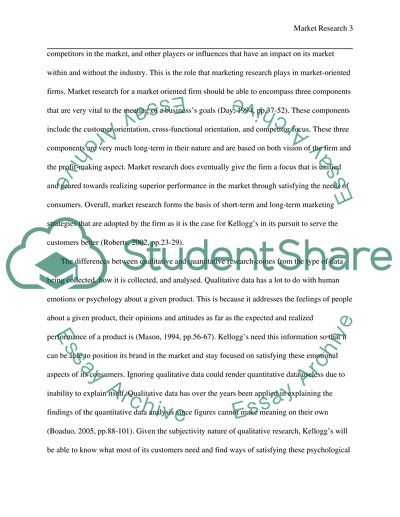Cite this document
(“Market Research: Case Study on Kellogg's Essay Example | Topics and Well Written Essays - 2000 words”, n.d.)
Retrieved from https://studentshare.org/marketing/1393199-market-research
Retrieved from https://studentshare.org/marketing/1393199-market-research
(Market Research: Case Study on Kellogg'S Essay Example | Topics and Well Written Essays - 2000 Words)
https://studentshare.org/marketing/1393199-market-research.
https://studentshare.org/marketing/1393199-market-research.
“Market Research: Case Study on Kellogg'S Essay Example | Topics and Well Written Essays - 2000 Words”, n.d. https://studentshare.org/marketing/1393199-market-research.


